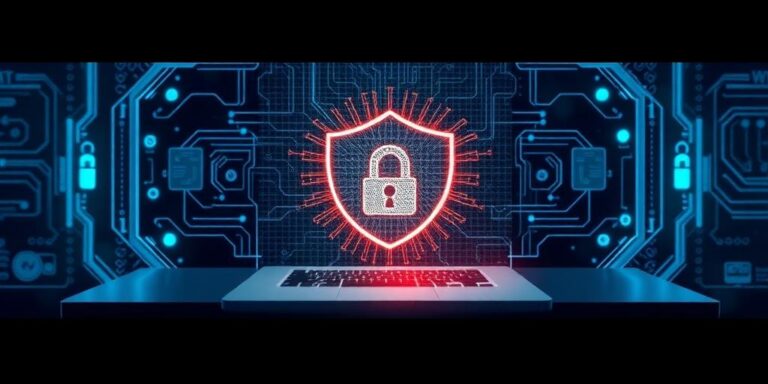Cybersecurity and Human Rights in the Digital Age (2026)
As we advance further into the digital age, the intersection of cybersecurity and human rights becomes increasingly critical. By 2026, the reliance on digital infrastructure for essential services, communication, and personal expression has grown exponentially. This reliance brings forth complex challenges regarding the protection of human rights in the face of evolving cyber threats.
The Expanding Digital Landscape
The digital landscape includes a vast array of interconnected devices and platforms, from smartphones and social media to critical infrastructure systems. This interconnectedness offers unprecedented opportunities for access to information and participation in public life. However, it also creates vulnerabilities that can be exploited to undermine human rights.
Key Human Rights at Risk
Several fundamental human rights are particularly vulnerable in the digital age:
- Freedom of Expression: Online censorship, surveillance, and disinformation campaigns can stifle free expression and limit access to diverse perspectives.
- Privacy: The collection, storage, and use of personal data raise significant privacy concerns. Data breaches and unauthorized surveillance can expose individuals to harm and undermine trust in digital systems.
- Freedom of Assembly and Association: Governments and other actors may use digital technologies to monitor and disrupt peaceful assemblies and online communities.
- Right to Education and Information: Unequal access to digital technologies and digital literacy skills can exacerbate existing inequalities and limit opportunities for marginalized groups.
Cybersecurity Threats and Human Rights
Cybersecurity threats can have direct and indirect impacts on human rights. For example:
- Cyberattacks on Critical Infrastructure: Attacks on hospitals, power grids, and other essential services can disrupt access to healthcare, electricity, and other basic necessities, thereby infringing on economic and social rights.
- Data Breaches and Identity Theft: Data breaches can expose sensitive personal information, leading to identity theft, financial losses, and reputational damage.
- Surveillance and Censorship: Governments may use surveillance technologies to monitor and censor online communications, chilling free expression and dissent.
- Disinformation and Propaganda: The spread of false or misleading information online can manipulate public opinion, incite violence, and undermine democratic processes.
Balancing Cybersecurity and Human Rights
Finding the right balance between cybersecurity and human rights is essential. Measures taken to enhance cybersecurity should not unduly restrict fundamental freedoms or create new forms of discrimination. Key principles for achieving this balance include:
- Legality: Cybersecurity measures should be based on clear and publicly accessible laws.
- Necessity: Measures should be necessary and proportionate to the specific threat.
- Transparency: Decision-making processes related to cybersecurity should be transparent and accountable.
- Oversight: Independent oversight mechanisms should be in place to ensure that cybersecurity measures are implemented in accordance with human rights standards.
The Role of Stakeholders
Protecting human rights in the digital age requires the collaboration of multiple stakeholders:
- Governments: Governments have a responsibility to protect human rights, promote cybersecurity, and ensure that cybersecurity measures comply with human rights standards.
- Businesses: Businesses have a responsibility to respect human rights, protect personal data, and promote cybersecurity best practices.
- Civil Society: Civil society organizations play a crucial role in monitoring human rights violations, advocating for policy reforms, and raising public awareness.
- Individuals: Individuals have a responsibility to protect their own data, use digital technologies responsibly, and advocate for human rights online.
Looking Ahead
As we move closer to 2026, it is imperative that we address the challenges posed by the intersection of cybersecurity and human rights. By adopting a human rights-based approach to cybersecurity, we can create a digital environment that is both secure and respectful of fundamental freedoms. This requires ongoing dialogue, collaboration, and innovation among all stakeholders to ensure that the benefits of the digital age are shared by all.
Conclusion
The digital age presents both opportunities and challenges for human rights. Cybersecurity measures must be carefully designed and implemented to protect fundamental freedoms while addressing evolving threats. By embracing a human rights-based approach, we can create a digital future that is inclusive, secure, and respectful of human dignity.




